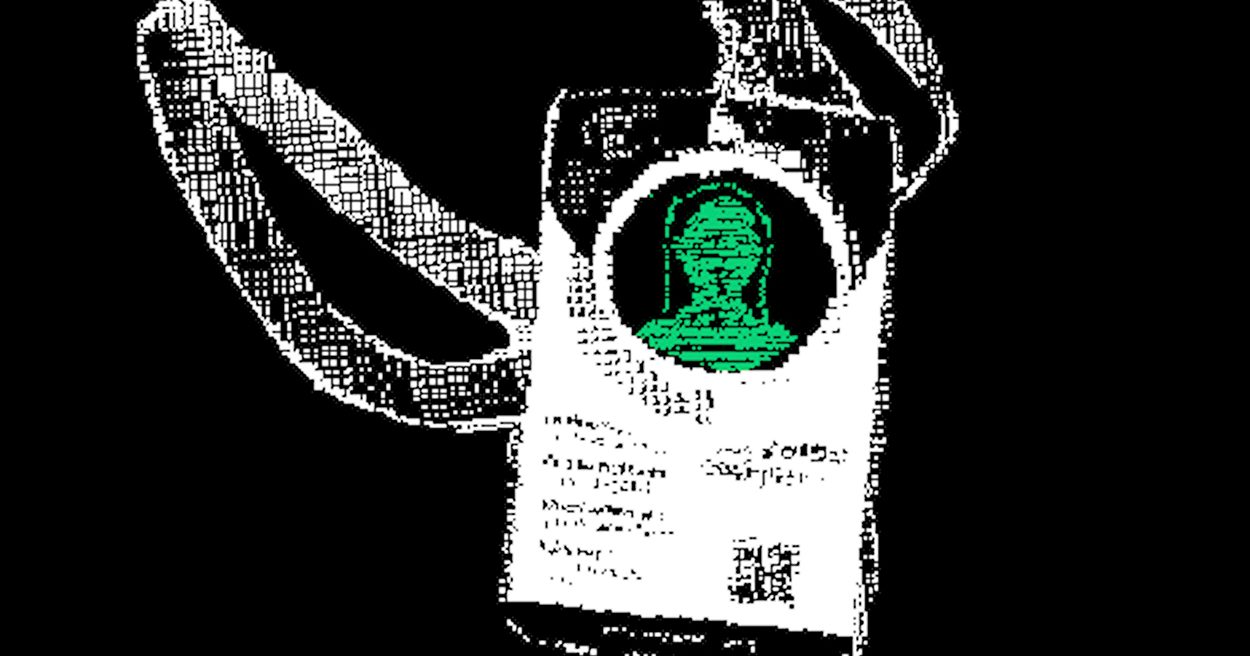The Impact of Generative AI on Outsourced Workers
Core Concepts
Generative AI poses challenges and opportunities for outsourced workers, requiring adaptation to remain competitive in the evolving labor market.
Abstract
Generative AI tools are reshaping the landscape for outsourced workers globally. From illustrators like Deustúa facing new competition to copywriters like Otusanya-Azzan adapting their skills, the impact is evident. Offshore outsourced workers are at the forefront of this revolution, with some embracing AI tools while others fear job loss. The rise of generative AI is changing how work is done and creating both challenges and possibilities for freelancers worldwide.
The workers at the frontlines of the AI revolution
Stats
Total minutes: 227
Total minutes: 20
Total cost: $70
Total cost: $50
Words written: 223
Words changed: 88
1,400% increase in searches for AI-related job ads on Fiverr over six months
Quotes
"I think that a lot of clients are already using AI tools instead of hiring copywriters." - Abisoye Otusanya-Azzan
"It’s the difference between buying a snack at a vending machine or eating it at your neighborhood cafe, chatting with the barista." - Rafael Rodríguez Deustúa
"AI should be a mechanism to help the workers. But it should not be used against the workers. It should not be used to replace them." - Mylene Cabalona
Key Insights Distilled From
by Andrew Deck at restofworld.org 07-11-2023
https://restofworld.org/2023/ai-revolution-outsourced-workers/
Deeper Inquiries
How can outsourced workers navigate the increasing demand for generative AI services?
Outsourced workers facing the rising demand for generative AI services can navigate this shift by embracing upskilling and reskilling opportunities. By learning how to effectively use AI tools in their work, they can enhance their productivity and efficiency, making themselves more competitive in the market. Additionally, focusing on developing skills that complement rather than compete with AI capabilities can help outsourced workers carve out a niche for themselves. Building strong relationships with clients based on personalized service and attention to detail is another strategy outsourced workers can employ to differentiate themselves from automated solutions. Moreover, collaborating with AI tools rather than seeing them as direct replacements can lead to innovative outcomes that combine human creativity with machine efficiency.
How should companies take ethical considerations into account when implementing generative AI in outsourcing?
Companies implementing generative AI in outsourcing must prioritize ethical considerations to ensure fair treatment of workers and mitigate potential negative impacts. Transparency about the use of AI tools is essential, both internally within the organization and externally with clients and contractors. Companies should provide training and support for outsourced workers to adapt to working alongside AI technologies while also respecting their rights and ensuring fair compensation. Ethical guidelines around data privacy, algorithmic bias, and job security need to be established and adhered to throughout the implementation process. Regular monitoring and evaluation of the impact of generative AI on outsourced workers are crucial for identifying any issues or concerns early on.
How can traditional outsourcing industries adapt to ensure job security amidst technological advancements?
Traditional outsourcing industries can adapt to ensure job security amidst technological advancements by investing in workforce development programs that focus on enhancing digital skills relevant to emerging technologies like generative AI. Providing continuous training opportunities for employees will enable them to stay ahead of automation trends and remain valuable contributors within the organization. Collaborating with employees through open communication channels regarding technology adoption plans fosters a sense of inclusivity and empowers workers during periods of change. Implementing policies that prioritize employee well-being, such as offering reskilling support or transition assistance if roles are displaced by automation, demonstrates a commitment to maintaining job security within the industry despite technological shifts.
0
